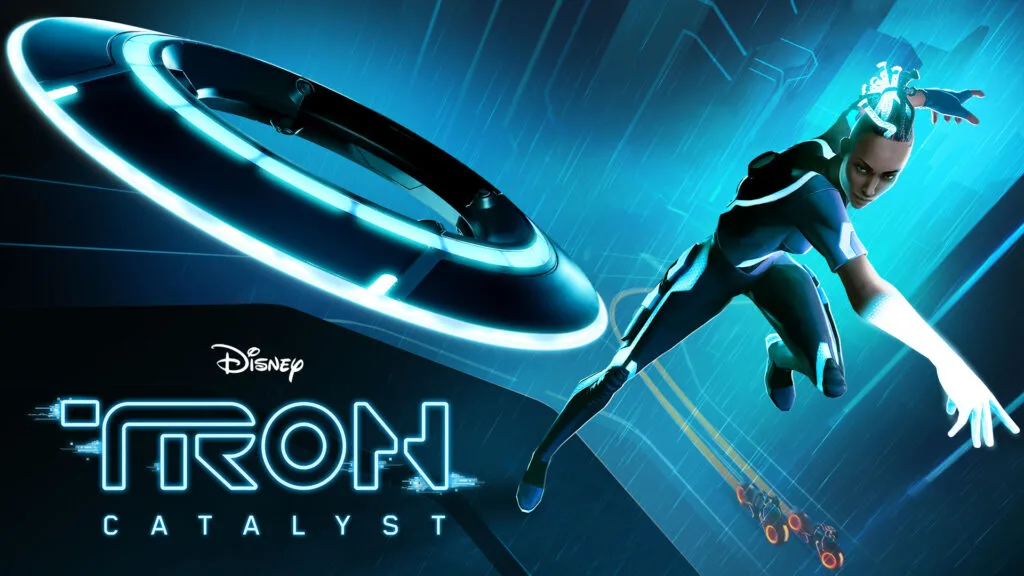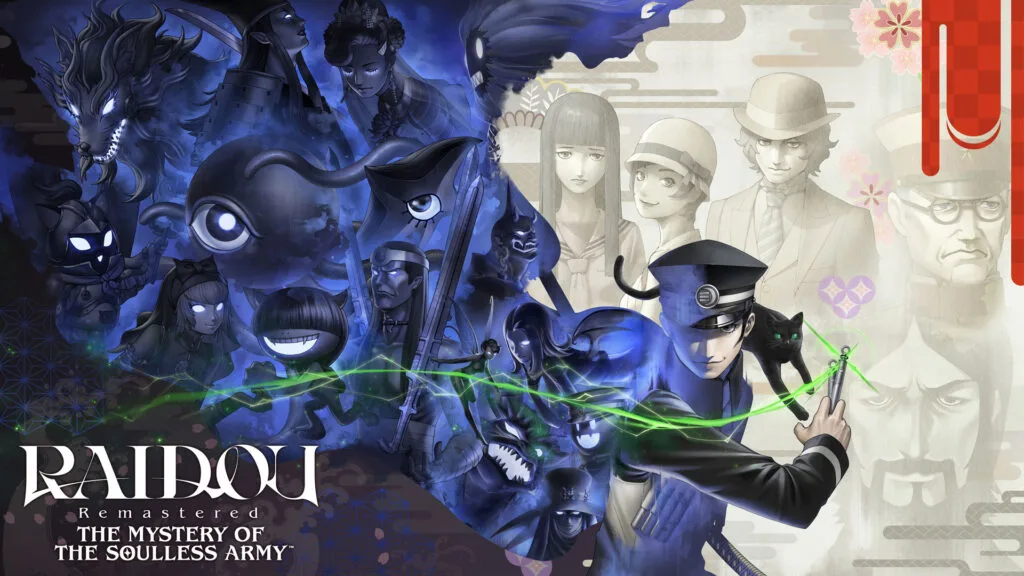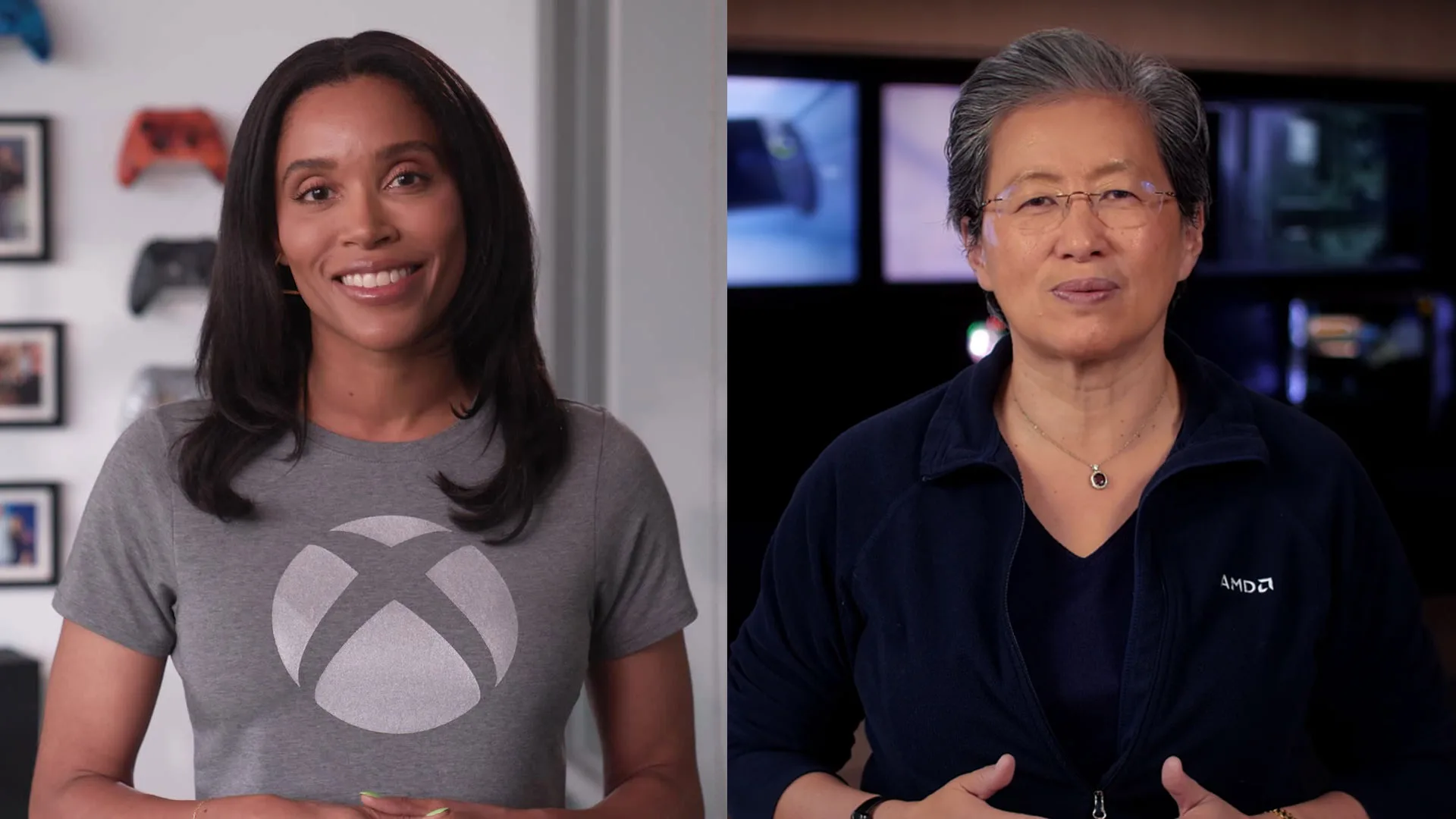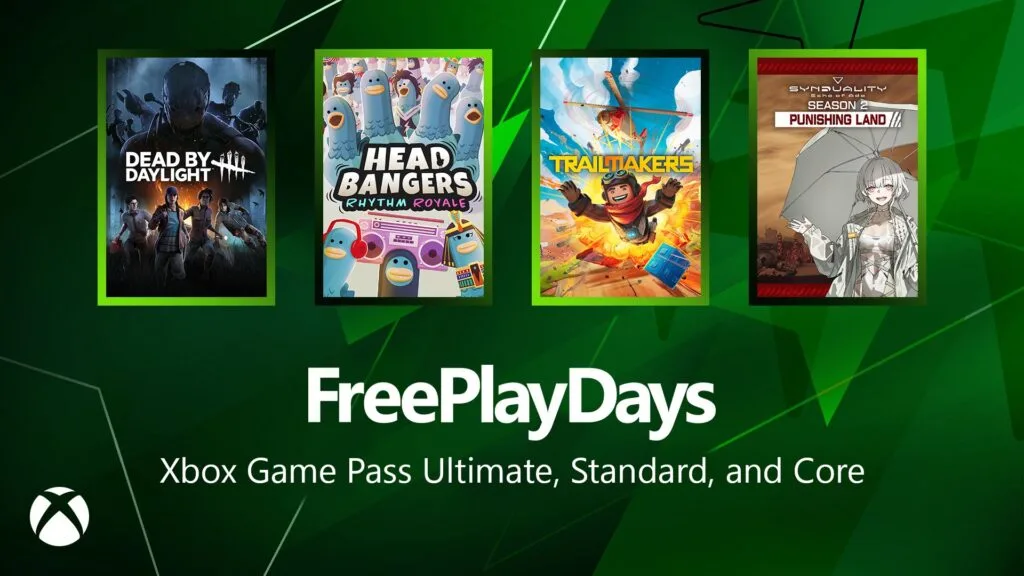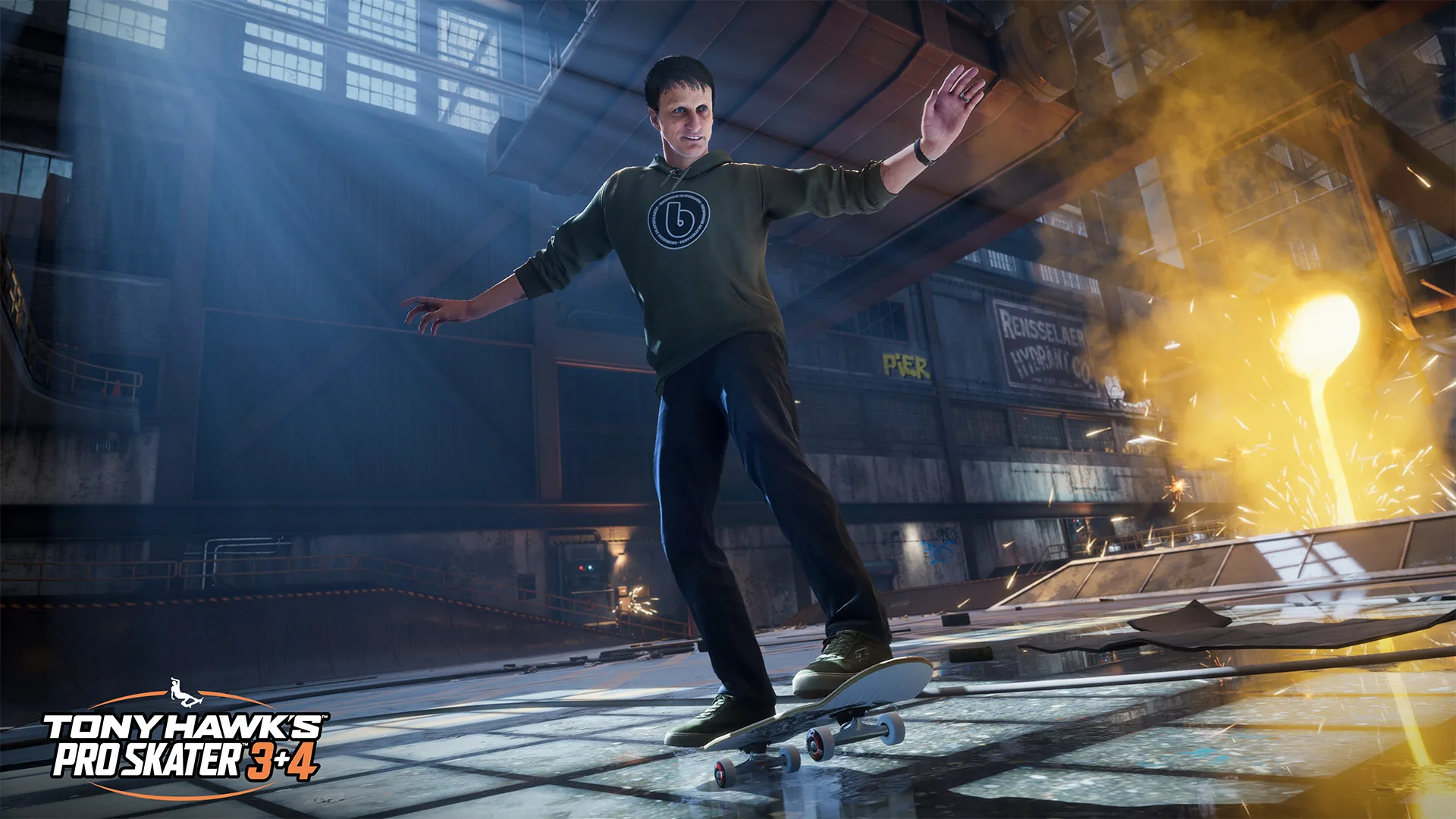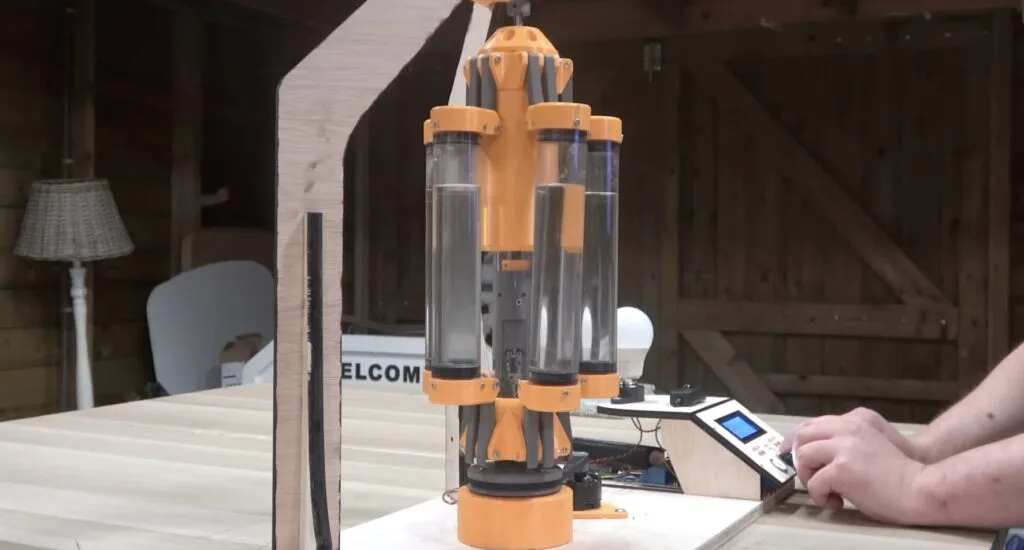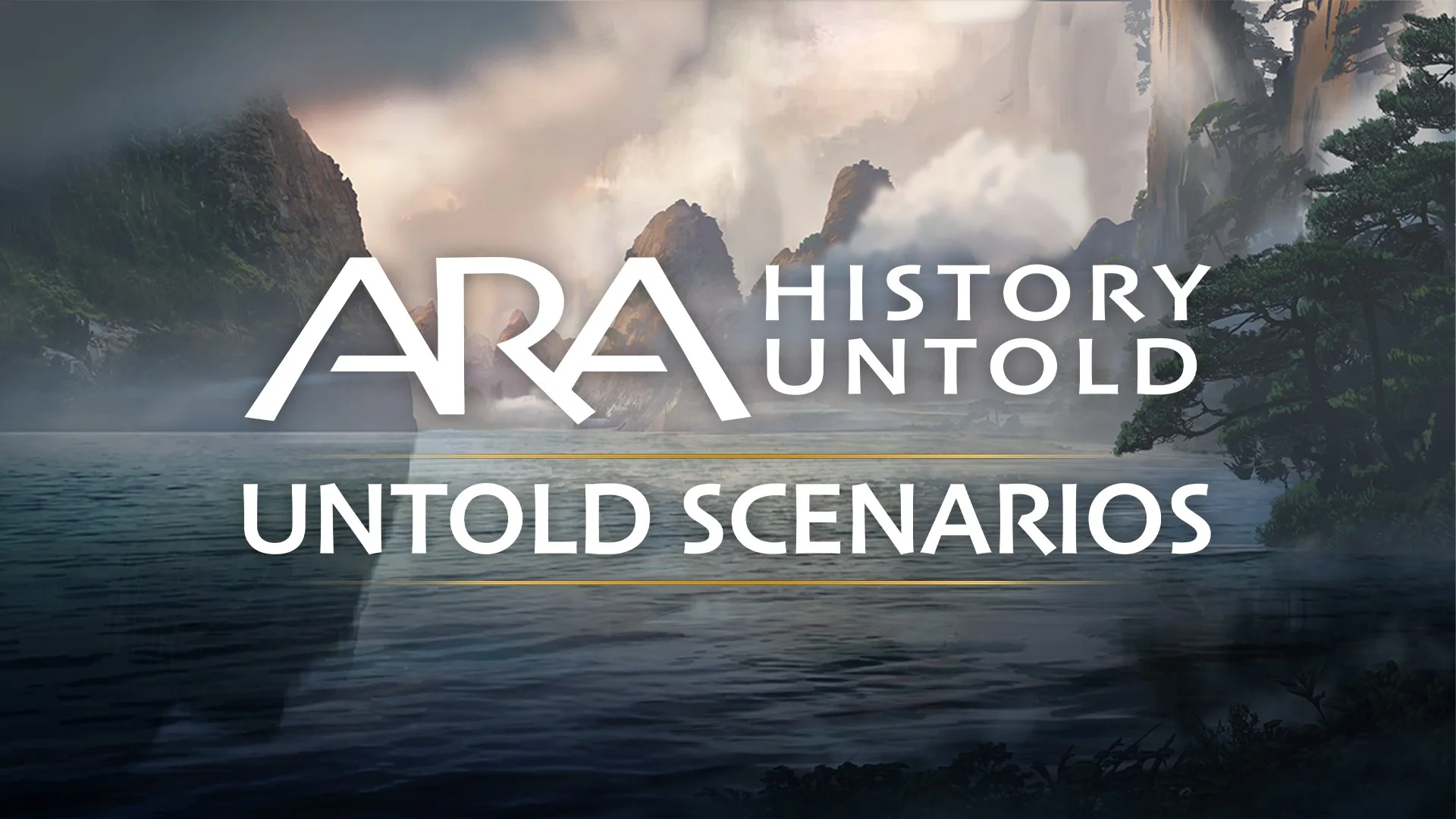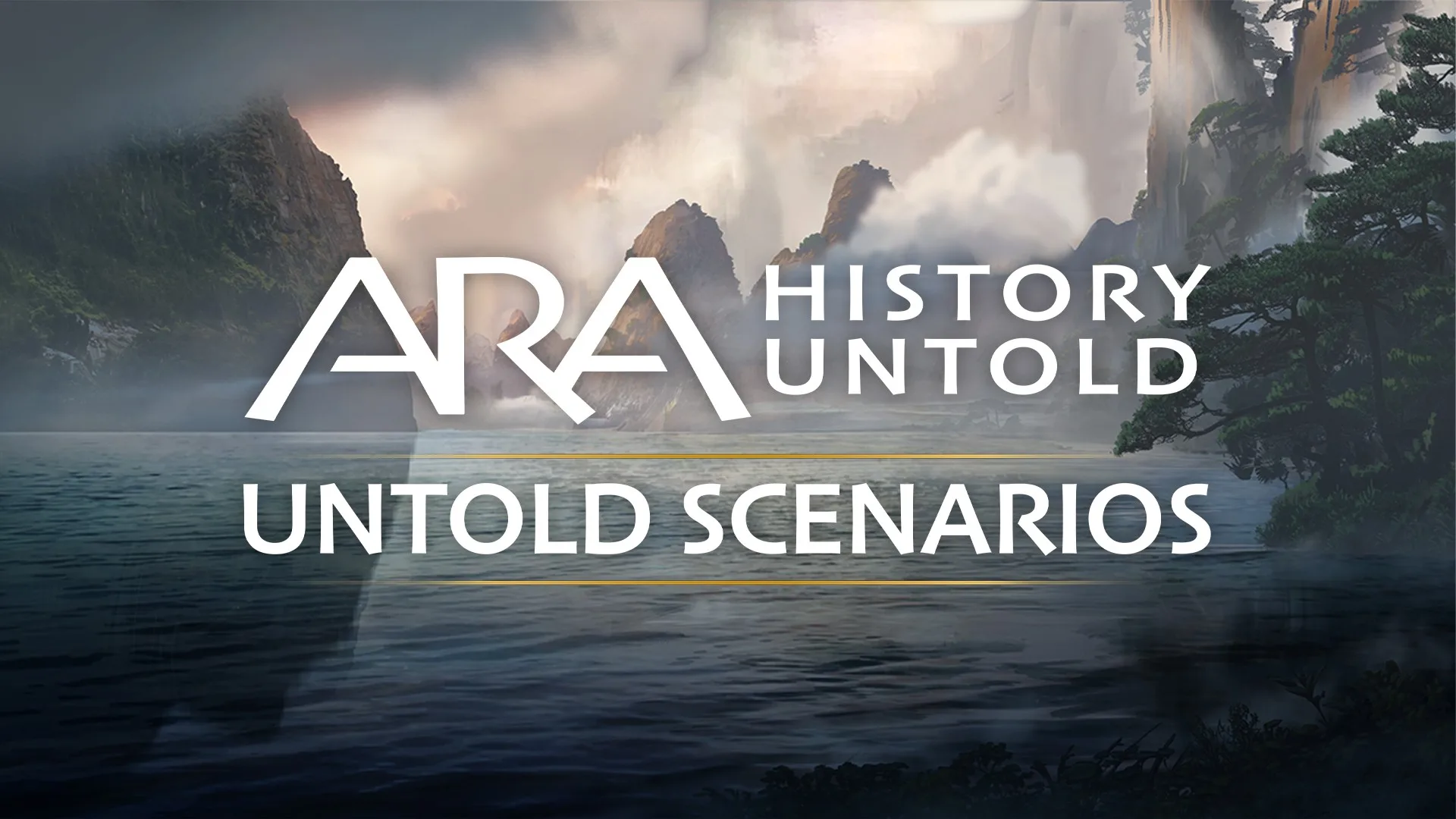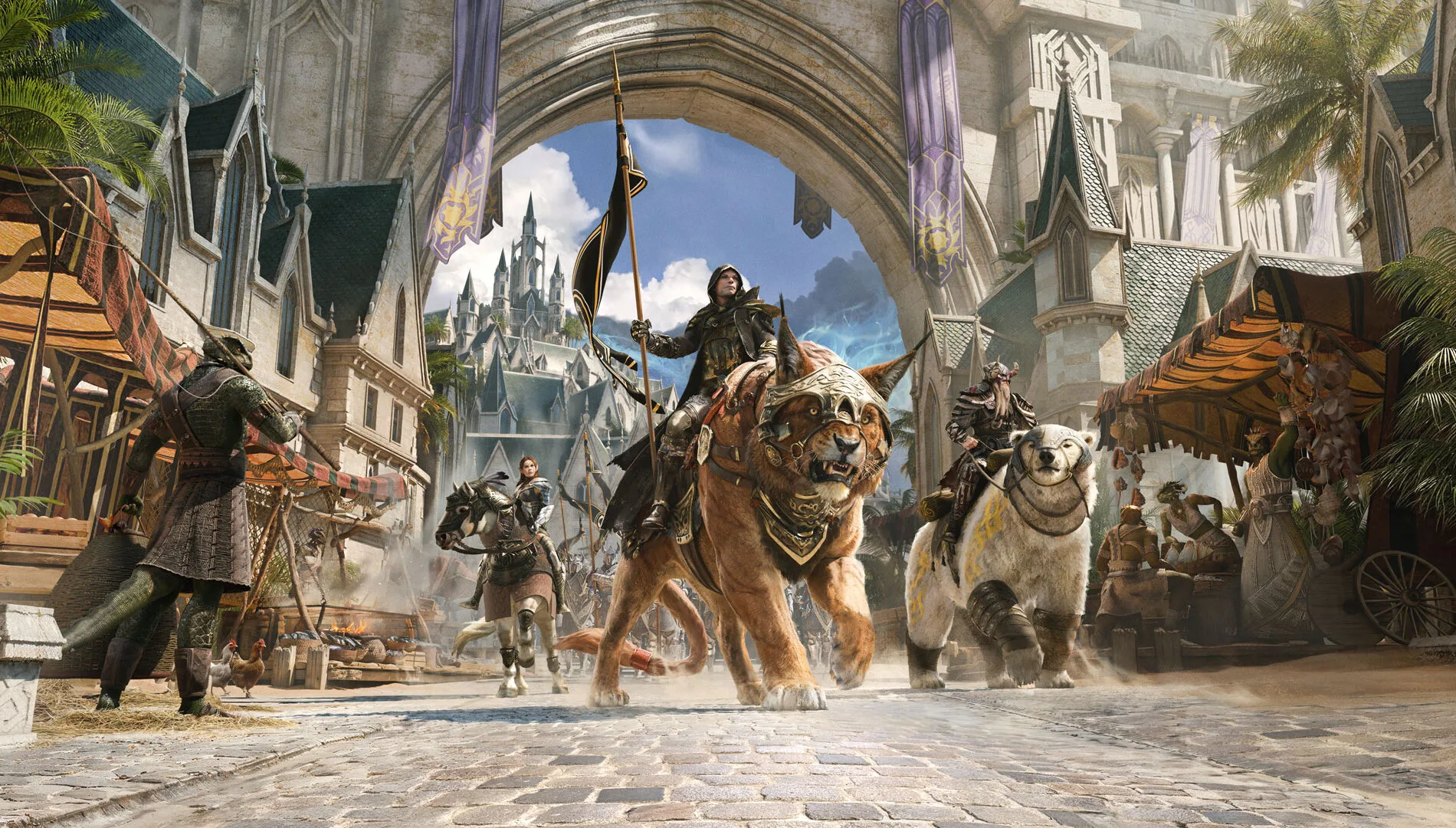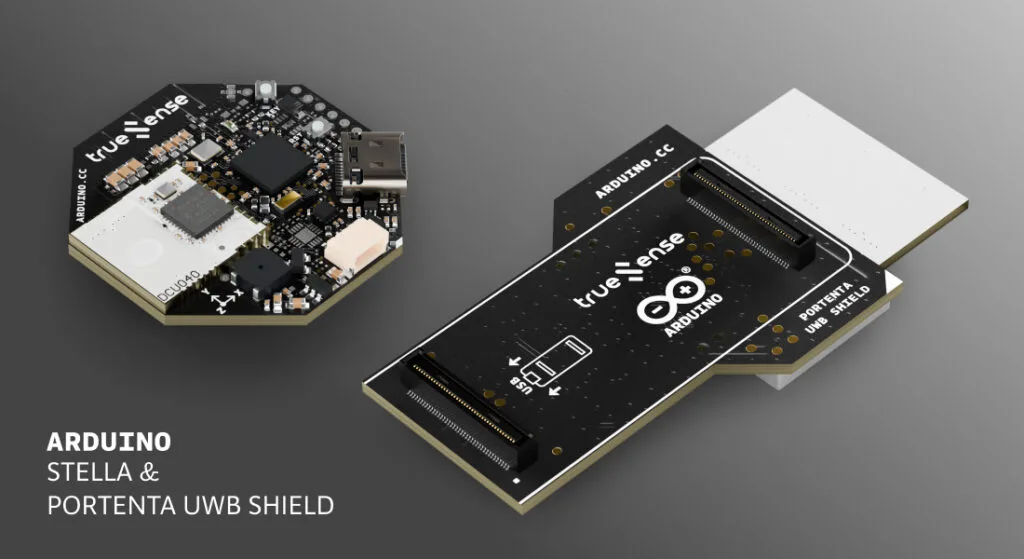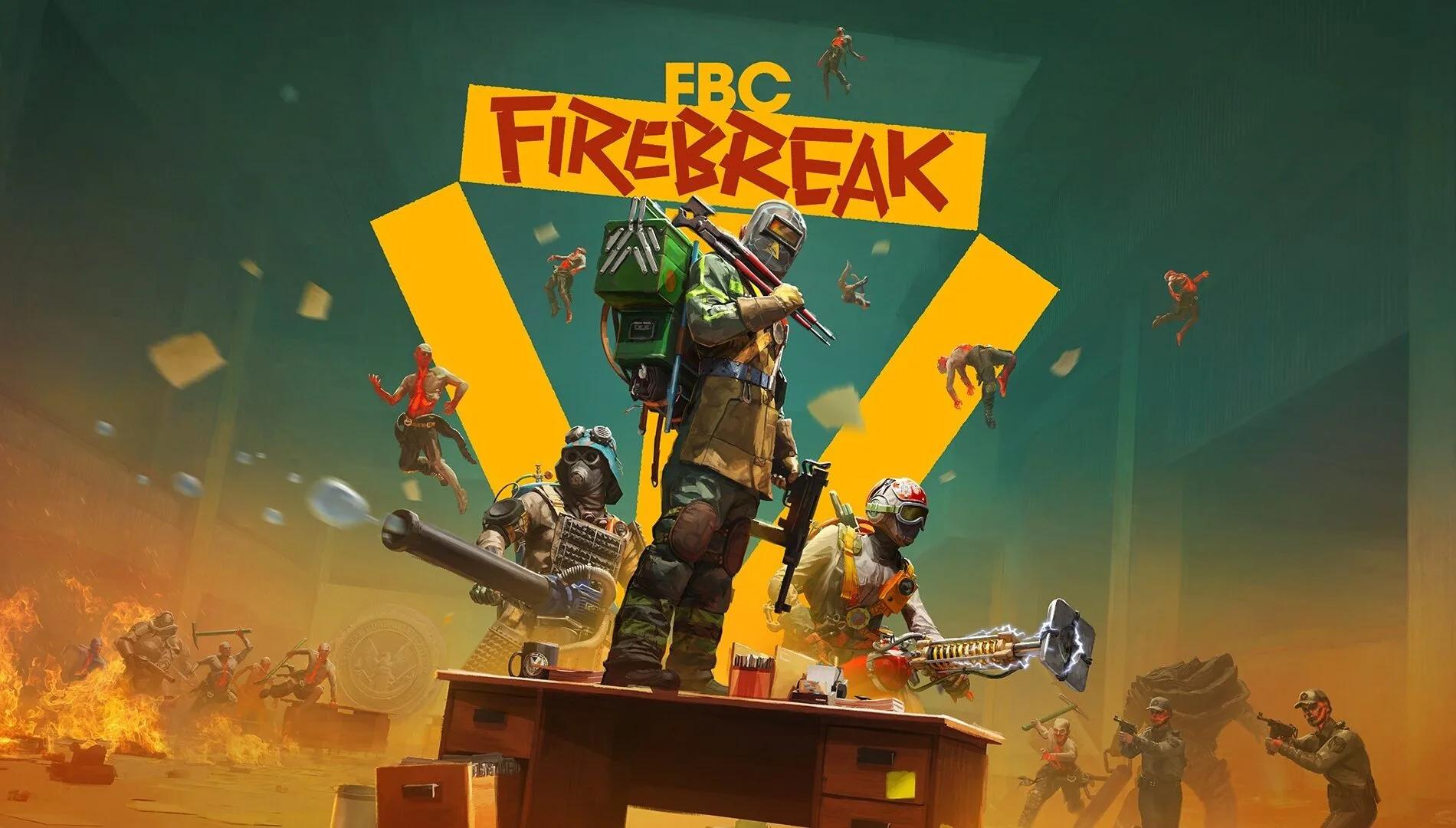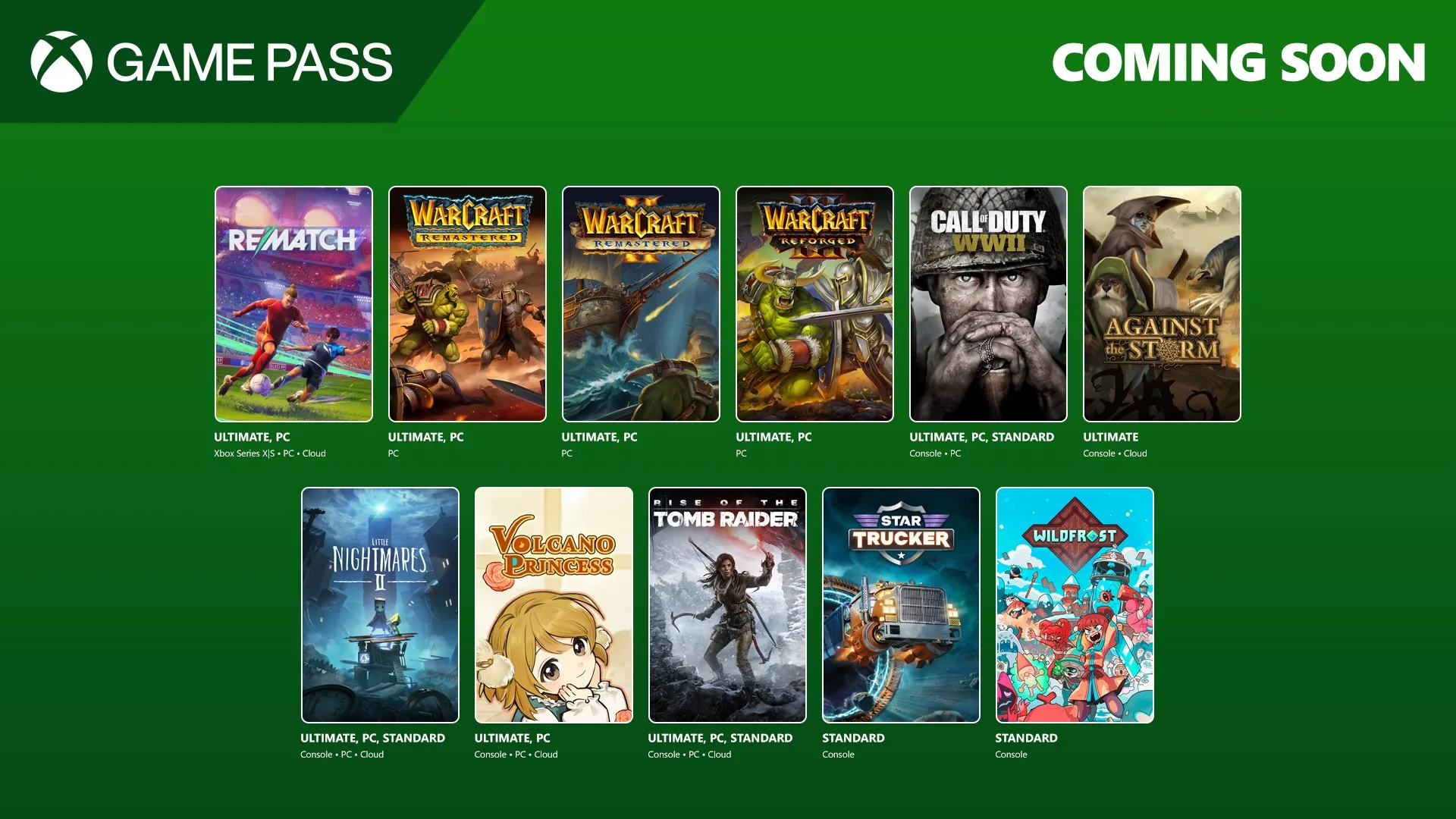Kategorie: News
-

From player to maker: Learn to code by creating your own game
Reading Time: 3 minutesAt Code Club, we believe learning to code should be as fun as it is empowering — what better way to start than making your own game? Whether it’s about pixelated pirates, racing robots, or a time-travelling llama, creating a game is one of the most exciting ways to explore coding. We’ve…
-

How to give your students structure as they learn programming skills
Reading Time: 5 minutesCreating a computer program involves many different skills — knowing how to code is just one part. When we teach programming to young people, we want to guide them to learn these skills in a structured way. The ‘levels of abstraction’ framework is a great tool for doing that. This blog describes…
-

The Elder Scrolls Online: Saison des Wurm Kults Teil 1 ist jetzt verfügbar
Reading Time: < 1 minuteAge Verification Please enter your date of birth MM Error: Month required DD Error: Day Required YYYY Error: Year Required Submit Website: LINK
-

Get Ready to Shred: Neue Details zu Tony Hawk’s Pro Skater 3 + 4, sowie die Foundry-Demo heute spielen
Reading Time: 2 minutesTake everything you’ve learned and push it to the next level in New Game+! Retain the stats you earned in your first playthrough while tackling legacy goals from classic games and new objectives like Pro Goals and Expert Challenges. Pro Goals added to every park include striving for the Platinum Score, executing…
-

This spinning water contraption is actually a functional battery
Reading Time: 2 minutesIf you ask someone to think of a battery, they’re probably going to picture a chemical battery, like a AA alkaline or a rechargeable lithium-ion battery. But there are other kinds of batteries that store energy without any fancy chemistry at all. If you find a way to save energy for later,…
-

Elevate your IoT with ultra-wideband: Meet Arduino Stella and Portenta UWB Shield!
Reading Time: 2 minutesWe are proud to announce two groundbreaking additions to the Arduino Pro portfolio: the Arduino Stella and Portenta UWB Shield, developed in partnership with Truesense. These advanced tools leverage ultra-wideband (UWB) technology to redefine precision tracking, indoor navigation, and contactless human-machine interactions, empowering IoT innovation across industries. Whatever you have in mind,…
-

Minecraft: Vibrant Visuals und Chase the Skies Drop ab sofort spielbar!
Reading Time: < 1 minutePlay the Chase the Skies drop today! Chase the Skies is available now in Minecraft: Bedrock Edition and Minecraft: Java Edition, and Vibrant Visuals is available now for Minecraft: Bedrock Edition on compatible devices!* * Vibrant Visuals graphics upgrade is currently only available for Minecraft: Bedrock Edition. Supported devices for Vibrant…
-

Bald im Game Pass: Rematch, Warcraft I & II: Remastered, Warcraft III: Reforged, Call of Duty: WWII und mehr
Reading Time: 6 minutesWir hoffen, ihr habt alle eure Bingo-Karte für das Xbox Games Showcase und die Outer Worlds 2 Direct ausgefüllt – mit Xbox Play Anywhere, Game Pass und Weltpremieren war fast eine ganze Reihe voll! Und das Beste: Wir haben noch mehr Spiele für eure Download-Warteschlange im Gepäck, also lasst uns loslegen. Heute…
-

Igniting innovation: How Experience AI is empowering teachers and students across Kenya
Reading Time: 4 minutesThis blog post is written by Victor Murithi, Communications and Media Consultant at Young Scientists Kenya, one of our global partners for Experience AI in Kenya. When over 100 teachers from across Kenya gathered at Kangaru High School in Embu County for the Kenya Science and Engineering Fair Nationals in April, few…
